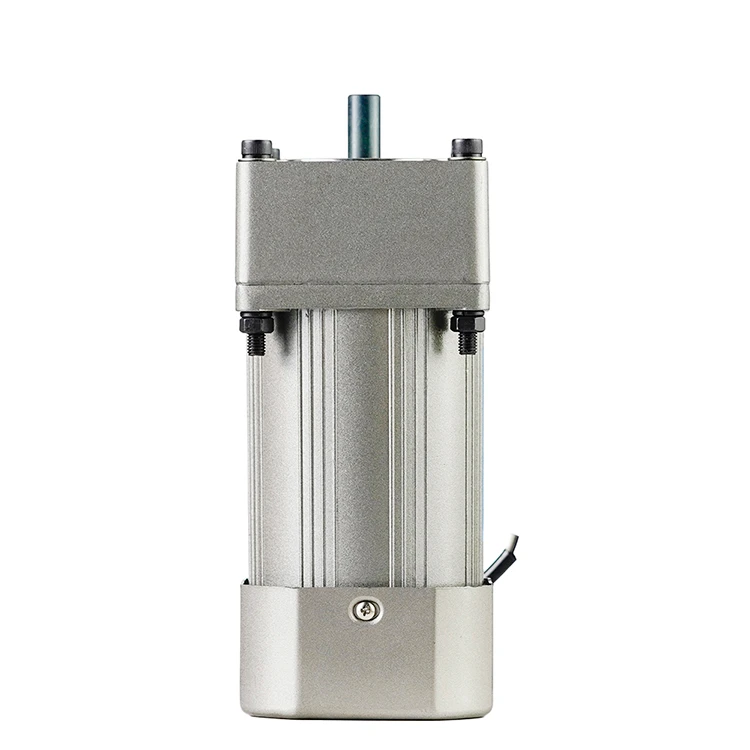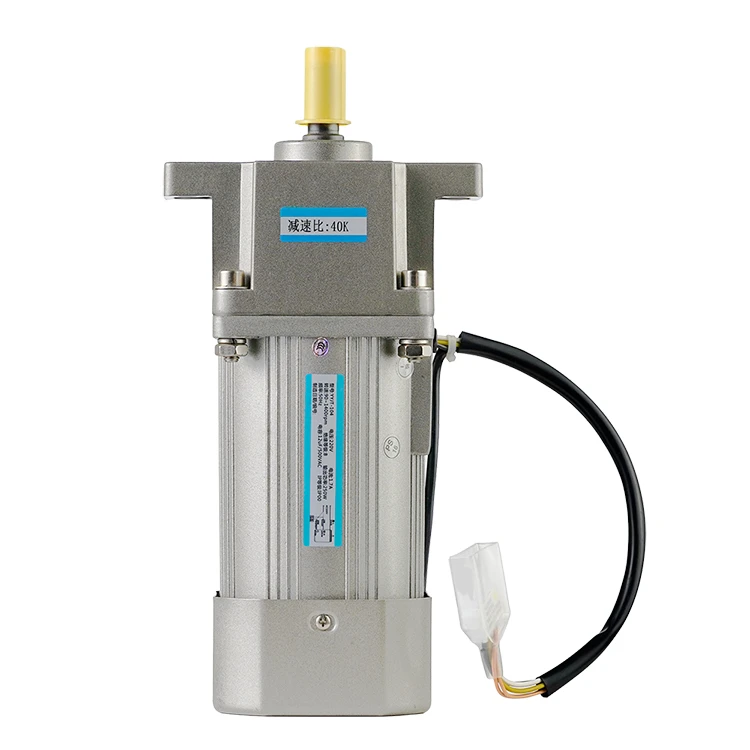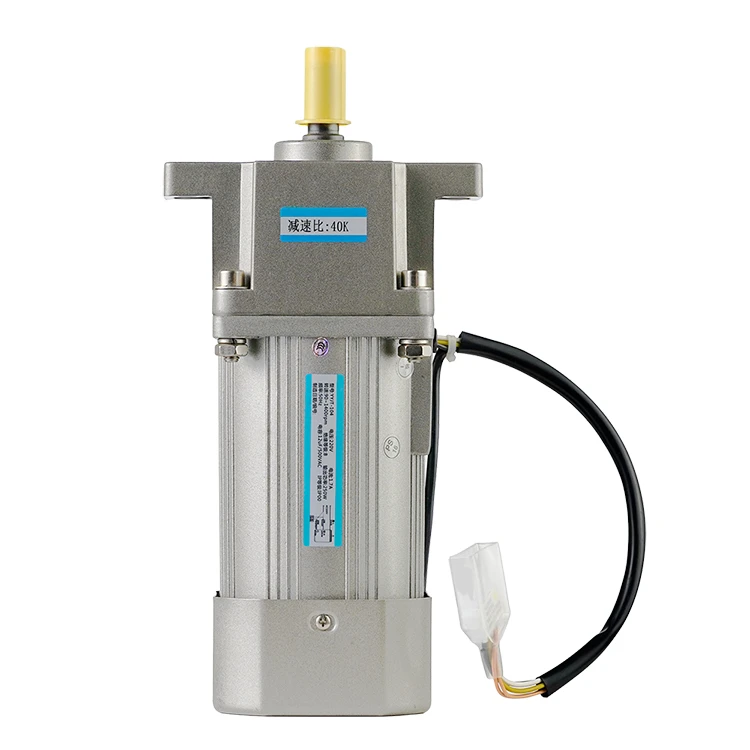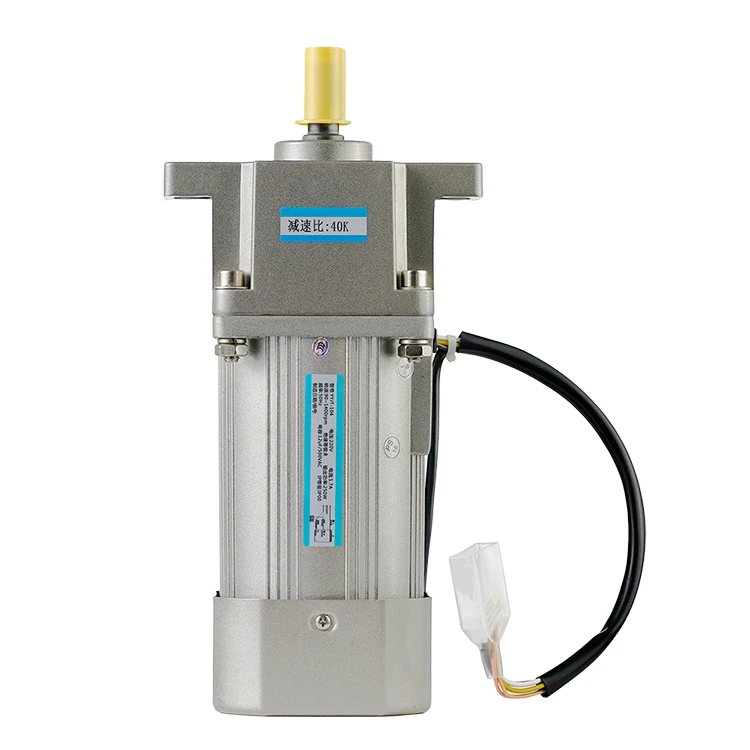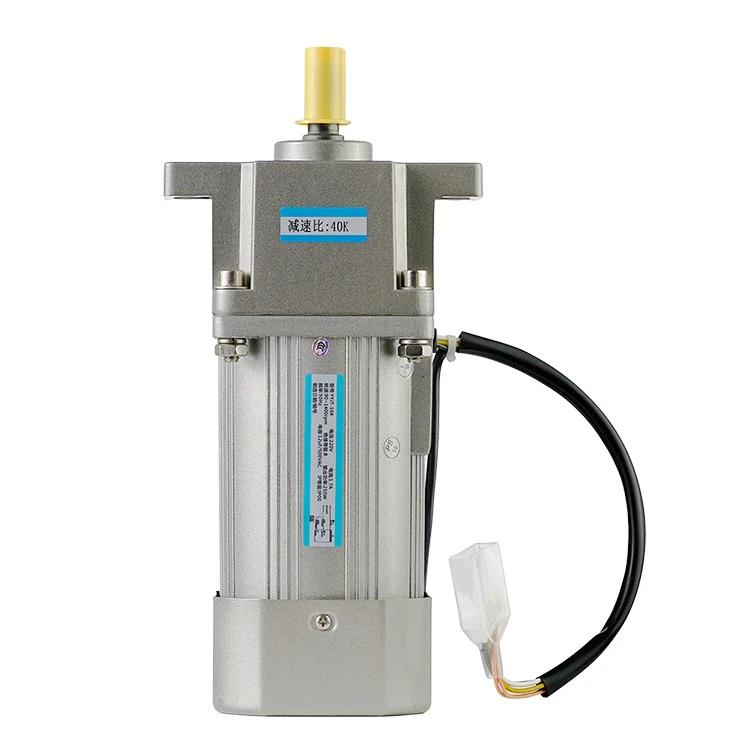Is Gearbox and Transmission the Same?
2023-08-11 15:29:13
When discussing mechanical power transmission, the terms "gearbox" and "transmission" are often used interchangeably, leading to confusion. However, these terms have distinct meanings and refer to different components within a system. In this article, we unravel the mystery surrounding gearbox and transmission, shedding light on their definitions and functionalities. By understanding the differences between these two crucial elements, you can navigate the world of mechanical power transmission with clarity and confidence.
- Defining Gearbox
A gearbox is a mechanical device that contains a set of gears designed to alter the speed, torque, and direction of rotational motion. It is typically used to transfer power from a power source, such as an engine or motor, to a driven mechanism or load. Gearboxes are commonly found in various applications, including vehicles, machinery, and industrial equipment.
Gearboxes consist of multiple gears with different sizes, tooth profiles, and arrangements. By meshing these gears together, the input speed and torque can be transformed into the desired output characteristics. The gear ratio, determined by the number of teeth on each gear, plays a crucial role in determining the speed and torque relationship.
- Understanding Transmission
Transmission, on the other hand, is a broader term that encompasses the entire system responsible for transmitting power from an energy source to the wheels or driven components in a vehicle. It includes not only the gearbox but also other components such as clutches, shafts, differentials, and driveshafts.
In automotive applications, the transmission system transfers power from the engine to the wheels, enabling the vehicle to move at different speeds and exert varying levels of torque. It consists of multiple gears and gear ratios, allowing the driver to select the desired speed and torque output.
Transmissions can be categorized into manual, automatic, or continuously variable (CVT) types, each employing different mechanisms for gear shifting and power transfer. Manual transmissions require driver intervention via a clutch pedal and gear lever, while automatic transmissions rely on hydraulic systems and electronic controls to shift gears automatically.
- Differentiating Gearbox and Transmission
The key distinction between a gearbox and a transmission lies in their scope and functionality. While a gearbox refers specifically to the set of gears that alter speed, torque, and direction, a transmission encompasses the entire system responsible for power transfer, including the gearbox, clutches, shafts, and other components.
In simpler terms, a gearbox is a subset of a transmission. It focuses solely on the gear mechanism for speed and torque transformation, whereas a transmission encompasses the entire power transfer system, including gear shifting mechanisms, differentials, and driveshafts.
Gearboxes are commonly found in various applications beyond vehicles, such as machinery and industrial equipment, where the focus is on altering speed and torque. Transmissions, on the other hand, are predominantly associated with vehicles, where the goal is to provide the driver with control over speed and torque output.
Conclusion
In conclusion, understanding the distinction between a gearbox and a transmission is crucial when dealing with mechanical power transmission systems. A gearbox is a subset of a transmission, specifically referring to the set of gears responsible for altering speed, torque, and direction. Conversely, a transmission encompasses the entire power transfer system, including gearboxes, clutches, differentials, and driveshafts. By clarifying these definitions, you can navigate the world of mechanical power transmission with accuracy and make informed decisions when selecting and maintaining these critical components.
See What Lunyee Can Do For You
Contact Us
- 8619149417743
- +86-0371-5562 0274
- [email protected]
- Zhengzhou, Henan Province, China
- Mon-Fri: 9:00 - 18:00
